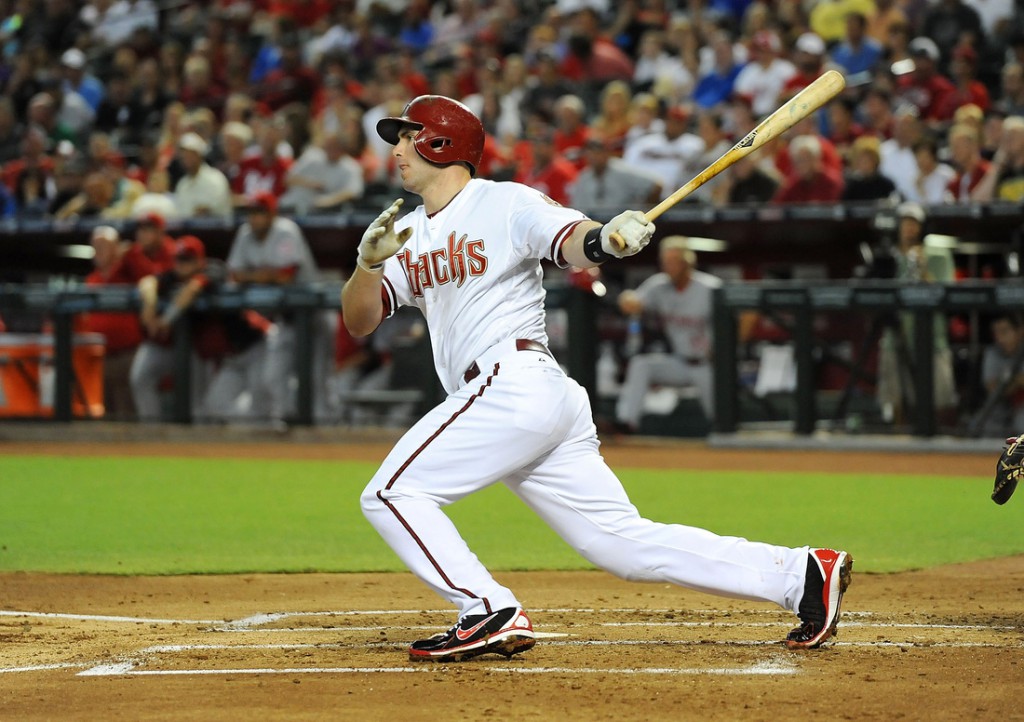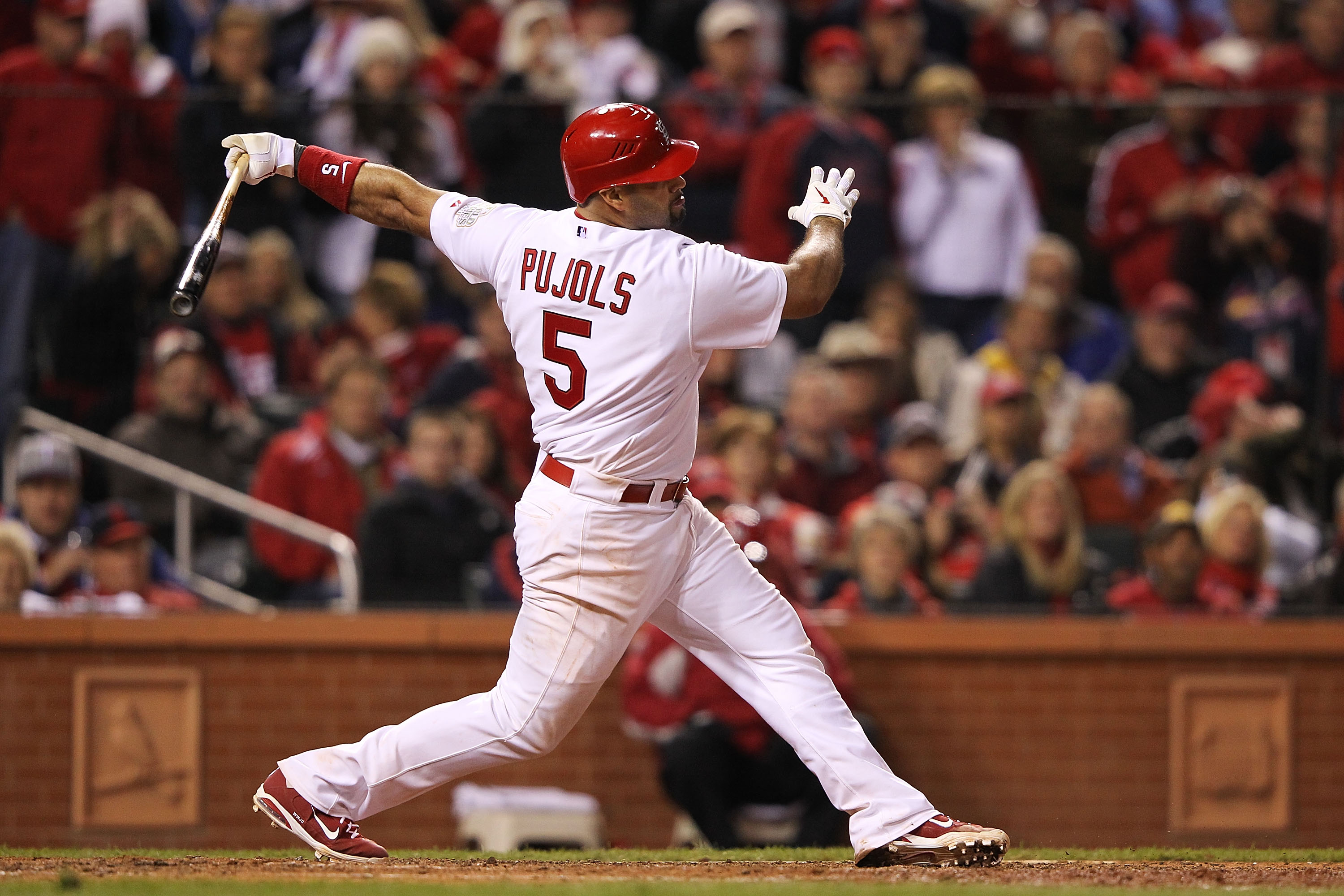When we hear the word bargain, we intuitively associate it with cheap. In DFS, that’s especially true – “bargain plays” are typically always low-salary guys who are thrust into an optimal situation. A minimum-salary hitter getting slot into the first spot of the batting order is an example of this. However, a player can still be a great bargain even with a higher salary.
Let’s use our Trends tool to look at this specifically. When a player has had a bargain rating of either 99 or 100 (in other words, a crazy-good bargain), they have performed better than expected with a Plus/Minus of +0.44. That’s pretty good and shows us we should inspect the bargain rating when looking at players each day.

But look what happens when we look at elite batters, priced between $4,500 and $5,900 on DraftKings.

The Plus/Minus jumps up to +2.41. Several of these examples have been Nationals superstar hitter Bryce Harper this season (as I wrote about here), but it extends to other great hitters – Paul Goldschmidt, Mike Trout, Troy Tulowitzki, Nelson Cruz, and Giancarlo Stanton have all found themselves in this situation a couple times this season. And when it happens – value.
This idea of bargain not being synonymous with cheap is an idea that’s really important to DFS and a big reason why I like our rating system here. Bargains in DFS world have historically meant which players have a high point per dollar rating right now. That’s fine and can be useful in context, but your top-30 bargains are all going to be minimum-salary guys. While they’re nice to fill in the pieces of a lineup, if you play all minimum-salary guys and don’t even get up to two-thirds of the salary cap, good luck winning.
The top guys matter. In fact, it’s sometimes easier to find cheap guys who can hit their low expected projection of just a couple points than finding top players who will hit their expected projection of many points. You could have a lineup of all $2k hitters who meet their expected production, but that won’t get you anywhere – you have to maximize your salary cap, finding bargains at the top and bottom part of the salary pool.
When thinking about bargains, remember all players can be a bargain. It can take a mind reset of sorts to think this way – I mean, how can Bryce Harper have a 99% bargain rating with a $5,400 salary? But indeed Harper (and others) can be more valuable than even their extremely high salary. Finding a combination of these guys plus your bargains at the lower end of the salary pool is the key to optimizing your lineup.
Remember: Bargain doesn’t mean cheap.





